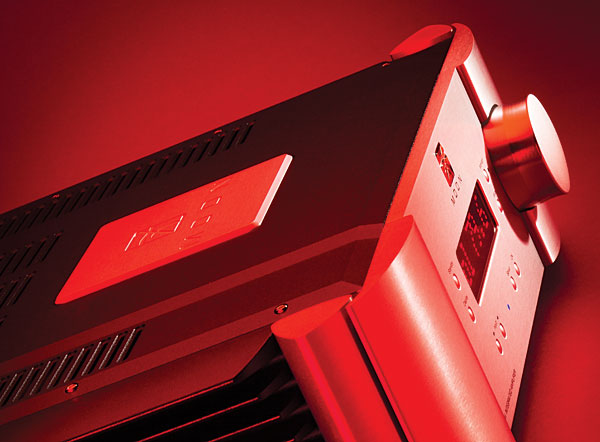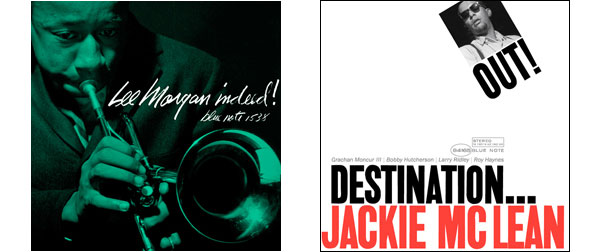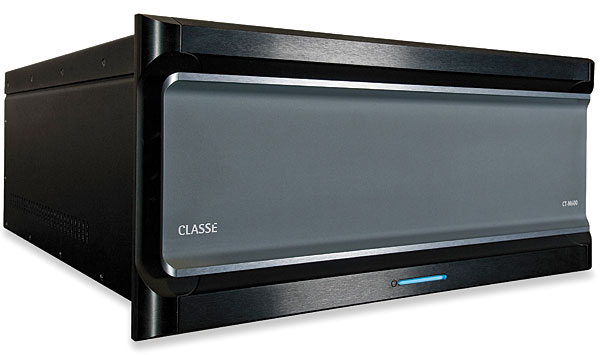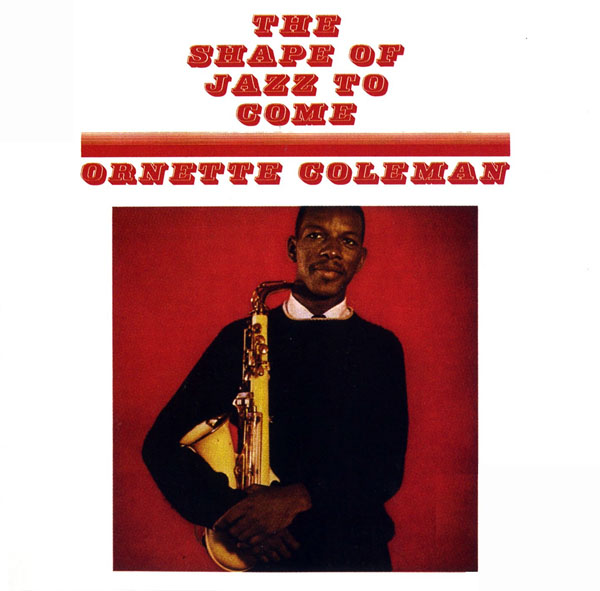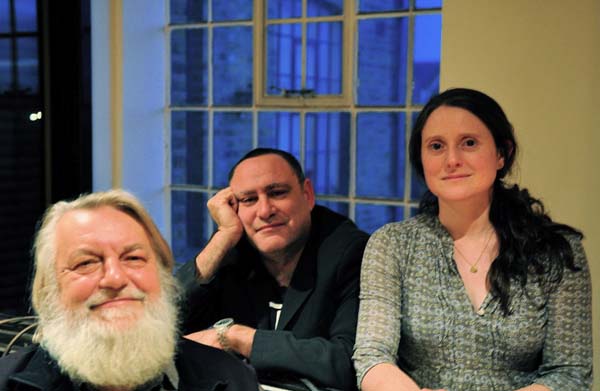
Wyatt/Atzmon/Stephen: For the Ghosts Within
Domino DNO271/WIGLP263 (CD/LP). 2010. Gilad Atzmon, prod.; Robert Wyatt, Jamie Johnson, Philip Bagenal, engs. ADD? TT: 56:13
Performance *****
Sonics ****
For the Ghosts Within marks my introduction to the wonderful world of Robert Wyatt. It happened in Denver, Colorado, at around 1am, several hours after the first full day of the 2010 Rocky Mountain Audio Fest. I'd taken a break from posting blog entries to flip through the November 2010 issue of my other favorite magazine, The Wire. There, on p.11, I saw a neat, simple ad that offered little more than an album's intriguing cover art: stencil-like cutouts of three figures that seem meant to represent the album's three musicians, though these figures are almost entirely stripped of human form, reduced or distilled to their musical functionsas if the players are their instruments. Drawn by the rich colors and provocative imagery, I went straight to Domino Recording Co.'s website and listened to "Laura," track 1 of For the Ghosts Within. (Like so much of the album, "Laura" was completely new to me, but I have since learned that it is the title song from the 1944 film Laura, composed by David Raksin, and given fine treatments by Ella Fitzgerald, Frank Sinatra, and Julie London, among others.)
Continue Reading »


